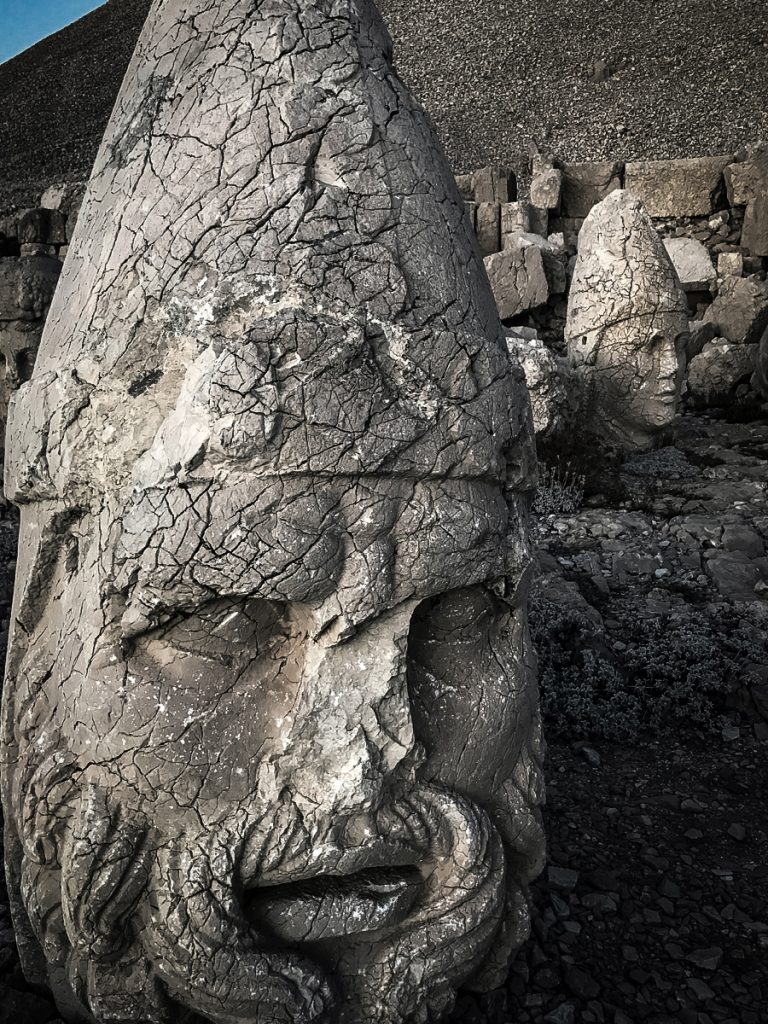The temple was a cultural and religious gathering location of people throughout Israel. Either daily or on occasion, in observance of festivals, people of Jerusalem, Judea, and beyond would gather at the temple to fellowship, worship, and present sacrificial offerings. The second temple represented the religious, traditional, and cultural center of the people to conduct affairs, meet with one another, and carry out their interests of spiritual, economic, and civic significance. Various people groups gathered at the temple, as written about in the gospels, including Pharisees, Sadducees, Scribes, Herodians, and others such as Gentiles, sojourners, soldiers, and philosophers. The temple was a center of social activity within Judea as its purpose was specifically and historically written about within the Torah. It provided the early Church efficient access to Jerusalem and Israel’s people for the gospel message concerning their Messiah’s work and what Yahweh of their temple was doing.
The second temple’s gathering location in Jerusalem served as a beginning place for the New Covenant message. Particularly to the “people of the land” (‘am ha-aretz) as the temple and the territory was ingrained into the Jewish people’s identity. While the temple was of significant value in terms of its meaning and cultural heritage, it also had historical significance extending back to the time of Solomon’s temple before its destruction in 586 BC.
Back when the glory of Yahweh inhabited Solomon’s temple, His presence represented the location of His sacred space. Even with His departure well before the second temple’s destruction in 70 AD, it was of enormous value to the people of the land. Specifically, they were the first people Jesus instructed the early Church to reach. Yahweh’s temple was a location of ongoing spiritual and physical significance. For example, the early Jerusalem church actively attended the temple and met at relevant gathering sites to fulfill Christ’s commission (Lk 24:47).
Moreover, they specifically met within the Solomon colonnade to teach and minister to temple visitors in the presence of rabbis, onlookers, and officials (Acts 5:12). While the apostles met at the temple as a platform of outreach, teaching, and ministry, people were added to the early Church and Kingdom of God. Many were healed at the temple and delivered from demonic inhabitation and oppression (Acts 5:14-16).
The temple of the living God also served as a model for a new kind of temple that emerged as Yahweh promised to put His Spirit within His people (Ezek 36:27). To include believers within the early Church and today, the Spirit of God rested no longer within the physical space of a structure; He instead became transferred within Jews and Gentiles by His Spirit’s indwelling among them as the body of believers. As the body of Jesus was the temple of the Word, the incarnate presence of Yahweh, He was the wisdom of God, the prototype embodiment of God’s temple to set in motion the inauguration (Heb 10:20) of the New Covenant through His sacrifice and resurrection.
The apostles recognized the enormous prophetic and theological meaning of this transition of promise. As we read in 1 Peter 2:4-5, Jesus was the living stone and precious cornerstone rejected by men, and Peter wrote to the early Church to be as “living stones” of a Temple acceptable to God as they were a spiritual house for a holy priesthood. They were corporately and individually, sacred space. The presence of Yahweh was now among them and within them, as it were. The early Church was the new temple that accompanies the New Covenant. Just as the writer of Hebrews wrote (Heb 10:19-25), the temple of the early Church now had a High Priest in Jesus Himself. By comparison, His worshipers, believers, and followers entered this new temple through a veil to appear in confidence before Yahweh. As it is written, this veil of His temple was and is, His flesh (Heb 10:20).

















